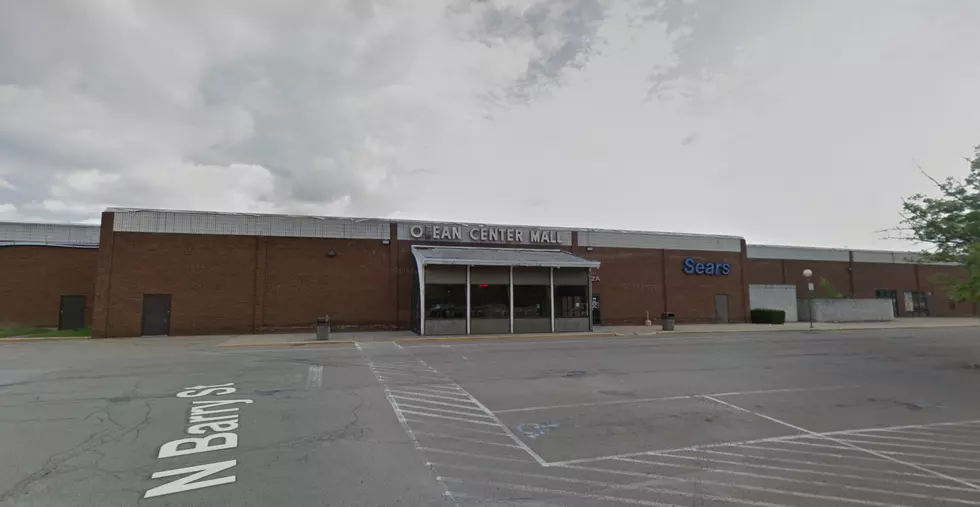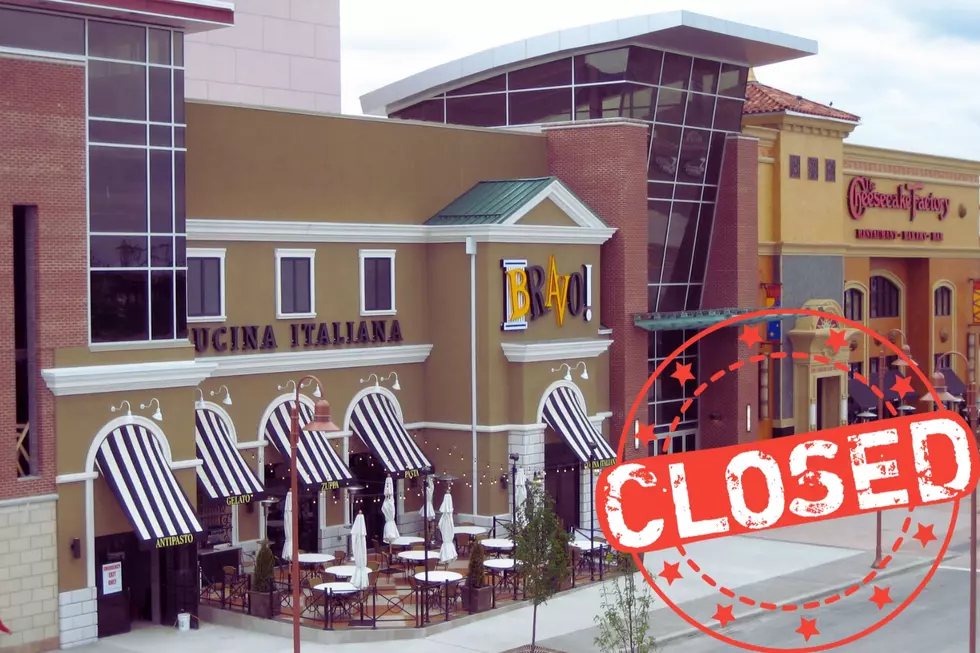
Bet You Didn’t Know These Facts About Amherst
If you were around in 1798 you could have bought land in Amherst pretty cheap. Try 2 dollars an acre. That’s what the Holland Land Company paid. Joseph Ellicott was one of the company’s agents and his biggest job was to build roads to attract people from New England to Western New York. Back then the narrow Great Iroquois Trail was the main route from Albany to Lake Erie. He hired men to improve the trail and what was first called the Buffalo Road eventually became Main Street.
One of the first settlements along the Buffalo Road was Williamsville at Ellicott Creek. The waterfalls along the creek were perfect for powering mills for sawing wood into lumber, and grinding wheat into flour and corn into cornmeal. Williamsville gets its name from Jonas Williams who owned two mills on opposite banks of the creek. It was originally called Williams Mills until after the War of 1812.
The Town of Amherst was created in 1818, named for Sir Jeffrey Amherst, who was Commander-in-Chief of the British troops in America 15 years before the American Revolution. But Amherst never visited the town he was named for.
Timothy Hopkins was elected the first Amherst supervisor in 1819. Hopkins Road is named for him.
Snyder was originally named Snyderville. Michael Snyder operated a store at the corner of Main and Harlem. The store also had a post office and he was the hamlet’s first postmaster.
Eggertsville was named for Christian Eggert, the first postmaster of that settlement.
Getzville gets its name from Joseph Getz, owner of a copper shop and mill. He was also the first postmaster of Getzville.
Swormville is named after Adam Schworm, a prominent landowner and businessman.
East Amherst was originally called Transit Station.
Millersport was originally Mill Port because it was located on the important early water transportation route of Tonawanda Creek.
When speeding became a problem in 1918, Williamsville hired two constables whose only duty was to arrest speeders.
More From The New 96.1 WTSS









